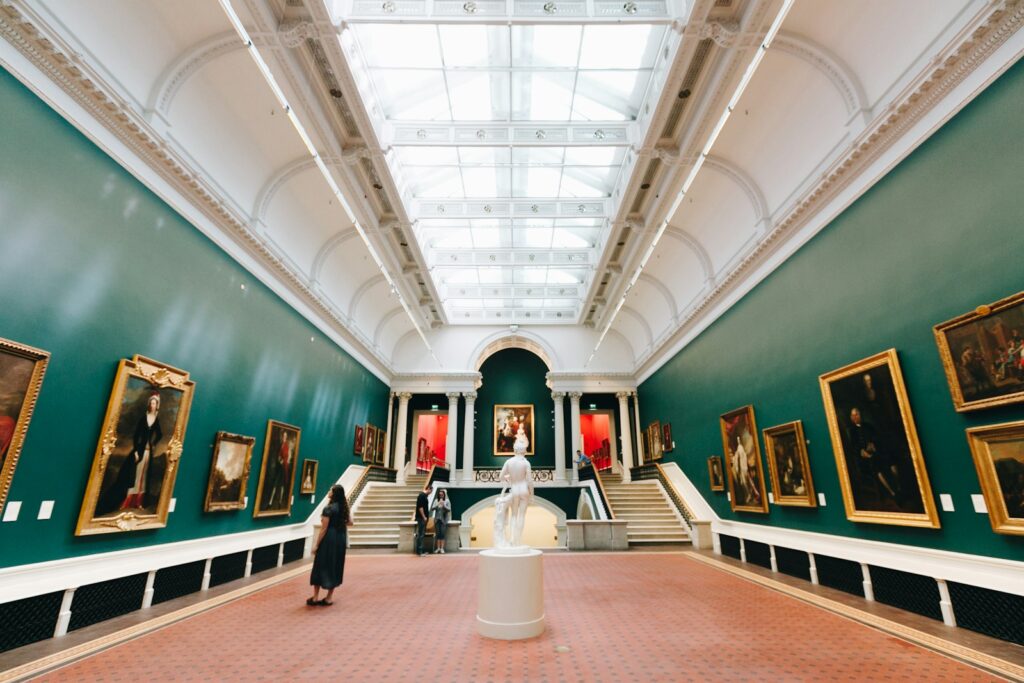When people think of space exploration, they picture rockets, astronauts, and distant planets. However, many of the technologies we use every day originated as solutions to problems in space.
From the foam in your mattress to the camera in your phone, NASA’s innovations have transformed life on Earth in ways you might never guess. Here are ten everyday inventions born from the race to the stars.
Memory Foam: From Moon Landings to Mattresses
Initially developed in the 1960s by NASA engineers, memory foam was designed to cushion astronauts during liftoff and landing. Its ability to absorb shock and evenly distribute weight made it ideal for spacecraft seats, and later, for pillows, shoes, and mattresses everywhere.
See Everyday Items Older Than You Think for a fun look at household tech with ancient roots.
Scratch-Resistant Lenses: Vision Tested in Space
NASA needed durable coatings for astronauts’ helmet visors that could withstand micrometeoroid impacts and radiation. The same technology now protects millions of eyeglass lenses from scratches, making your specs as space-tough as a spacesuit.
Cordless Tools: Powered by Apollo
When NASA asked Black & Decker to design portable drills for the Apollo moon missions, they developed lightweight, battery-powered tools that didn’t rely on cords. The result was the modern cordless tool industry, making DIY projects and home repairs a breeze.
Check out Objects That Traveled to Space and Back With Surprising Stories for real artifacts that made the round trip.
Freeze-Dried Food: Mealtime in Microgravity
Astronauts needed lightweight, nutritious meals that wouldn’t spoil in space. NASA perfected freeze-drying techniques that preserve flavor and nutrients while removing water. Today, the same technology keeps hiking snacks, emergency rations, and even instant coffee shelf-stable for years to come.
Water Purification Systems: Clean Water, Anywhere
To keep astronauts safe aboard spacecraft, NASA developed compact filtration systems that could remove bacteria and contaminants from limited water supplies. Those same principles power many modern portable purifiers used in disaster zones and remote areas.
Don’t miss Famous Inventions That Happened by Accident for happy mistakes that changed technology.
Infrared Ear Thermometers: Space Science Meets Medicine
Infrared sensors used to measure the temperature of stars inspired the development of ear thermometers. By detecting heat emitted from the eardrum, they provide instant, non-contact readings, and a concept from space science applied to everyday healthcare.
CAT Scans and Digital Imaging: From Space to Hospitals
NASA’s imaging technologies for mapping the moon’s surface evolved into modern medical imaging tools. The same algorithms that analyzed planetary data now help doctors detect tumors, fractures, and diseases with remarkable precision.
Insulation and Foil Blankets: Heat Management on Earth
Spacecraft face extreme temperature changes, so NASA developed lightweight, reflective insulation materials. Today, that same “space blanket” technology is used in emergency kits, athletic gear, and even buildings to conserve heat.
Artificial Limbs: Precision Engineering from NASA Research
NASA’s spinoff database includes work in robotics and lightweight materials for space suits led to significant advances in prosthetics. Modern artificial limbs benefit from the same designs used in astronaut mobility systems, offering improved flexibility and durability for individuals with amputations.
Camera Phones: From Spacecraft to Selfies
NASA’s Jet Propulsion Laboratory miniaturized camera sensors to fit aboard interplanetary probes. Those innovations directly led to the development of CMOS sensors, the technology behind the tiny, high-quality cameras in every smartphone today.
Read How Long Would It Take to Fall Through the Earth? for a fun physics detour.
From Moonshots to Microchips
Space exploration wasn’t just about reaching the stars. It was about improving life back home. Each mission pushed the boundaries of what was possible, and in doing so, launched inventions that continue to shape our daily lives.




